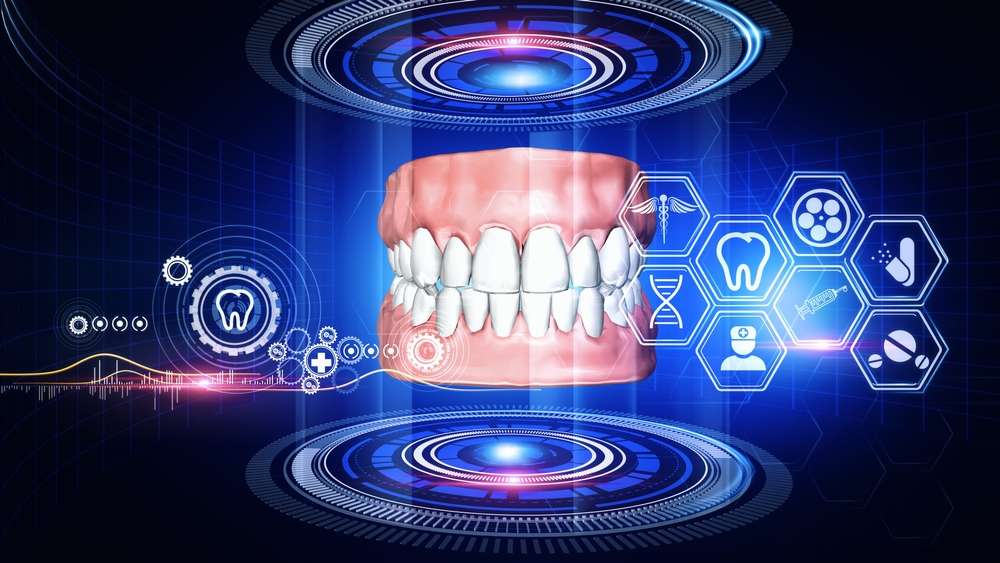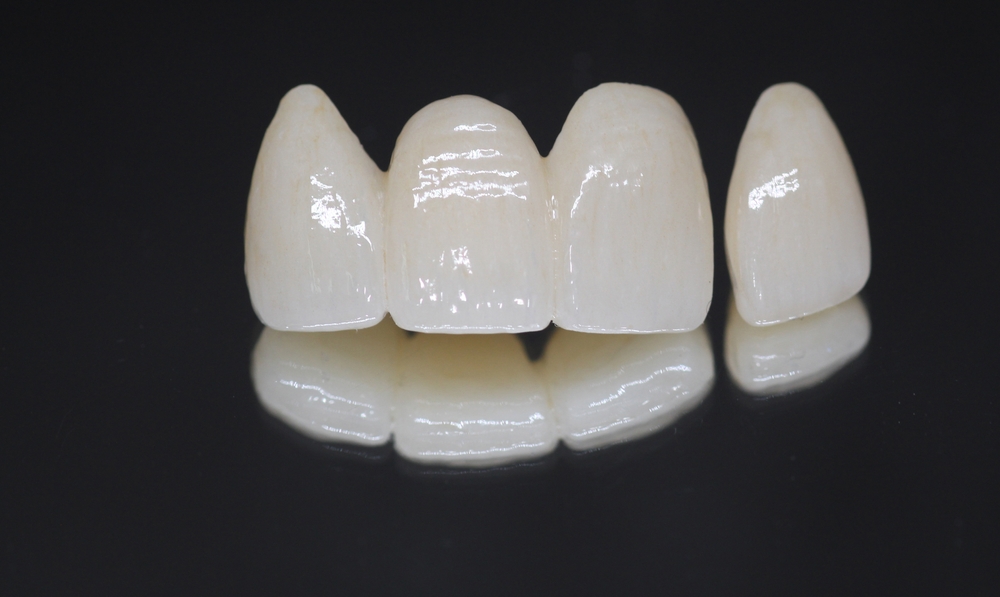The world of dentistry is undergoing a digital revolution, and one of the most significant advancements is the development of digital dentures. Unlike traditional dentures, which require multiple manual steps and extensive adjustments, digital dentures streamline the fabrication process using cutting-edge technologies such as CAD/CAM, 3D printing, and digital scanning. These innovations not only enhance accuracy and efficiency but also provide patients with better-fitting, more durable prosthetics in a fraction of the time. As dental labs continue to embrace digital workflows, they can offer superior quality, consistency, and customization while reducing production time. In this blog, we’ll explore the role of digital technology in denture fabrication, its benefits, challenges, and what the future holds for this groundbreaking advancement in dental prosthetics.
In This Blog:
- Understanding Digital Dentures
- The Role of Digital Technology in Denture Fabrication
- Benefits of Digital Dentures in Production
- Workflow of Digital Denture Fabrication
- Challenges and Considerations in Digital Denture Production
- Future Trends in Digital Dentures
Understanding Digital Dentures
Digital dentures are a modern alternative to traditional dentures, utilizing advanced digital technology to design, fabricate, and produce customized prosthetics. Unlike conventional methods that rely on manual impressions, wax setups, and labor-intensive adjustments, digital dentures are created using computerized workflows that enhance precision and efficiency. The key technologies behind digital dentures include computer-aided design (CAD), computer-aided manufacturing (CAM), intraoral scanning, and 3D printing—all of which contribute to an improved patient experience and a more streamlined production process.
The Role of Digital Technology in Denture Fabrication
Digital technology plays a crucial role in every step of denture fabrication, from the initial impression to the final product.
CAD/CAM Design:
Computer-aided design (CAD) allows dental technicians to create highly precise virtual models of dentures, ensuring optimal fit and aesthetics before production begins. Computer-aided manufacturing (CAM) then translates these designs into physical dentures using milling machines or 3D printers.
3D Scanning:
Digital intraoral and extraoral scanners capture precise impressions of a patient’s oral structure without the need for messy traditional impression materials. This improves patient comfort and eliminates errors that can occur with conventional molds.
Milling & 3D Printing:
Once the design is finalized, the denture is manufactured using either a milling machine (which carves the denture from a preformed block of high-quality material) or 3D printing (which builds the denture layer by layer using resin-based materials). These methods result in highly accurate, durable, and aesthetically pleasing dentures.
Benefits of Digital Dentures in Production
Adopting digital technology in denture production brings numerous advantages to both dental labs and patients:
- Enhanced Accuracy & Fit: Digital workflows significantly reduce human error, leading to dentures with better fit, function, and comfort. The ability to fine-tune the design digitally before production ensures a more precise final product.
- Time Efficiency: Traditional dentures require multiple visits and adjustments, often taking weeks to complete. Digital dentures shorten this process by allowing for rapid manufacturing and fewer adjustments, providing patients with their prosthetics much faster.
- Consistency in Quality: Because digital files are stored electronically, they can be used to reproduce exact copies of dentures when needed, ensuring consistent quality and simplifying future replacements.
- Material Advancements: Digital denture materials are stronger and more wear-resistant than traditional acrylics, offering improved longevity and aesthetics.
Workflow of Digital Denture Fabrication
The process of creating digital dentures follows a systematic workflow designed to maximize efficiency and precision:
- Digital Impression-Taking: A patient’s oral structure is scanned using intraoral or desktop scanners, capturing high-resolution images that serve as the foundation for denture design.
- Virtual Denture Design: Using CAD software, technicians create a virtual model, adjusting occlusion, bite alignment, and aesthetics digitally.
- Manufacturing Process: Once the design is finalized, the denture is produced via milling or 3D printing, ensuring an accurate and high-quality final product.
- Finishing and Customization: The final denture undergoes polishing, staining, and additional adjustments to achieve a natural look and feel before being delivered to the patient.
Challenges and Considerations in Digital Denture Production
While digital dentures offer many benefits, there are still some challenges to consider:
- Initial Investment: Dental labs must invest in digital scanners, CAD software, milling machines, or 3D printers, which can be costly.
- Training and Learning Curve: Technicians and dentists must adapt to new technologies and digital workflows, requiring specialized training.
- Customization Limitations: Although digital dentures provide excellent precision, some traditional customization techniques (such as minor aesthetic adjustments by hand) may still be necessary to meet patient preferences.
Future Trends in Digital Dentures
The future of digital dentures looks promising, with continuous advancements in technology shaping the industry. Some upcoming trends include:
- AI-Driven Denture Design: Artificial intelligence is being integrated into CAD software, allowing for automated design optimizations based on patient anatomy and function.
- Improved 3D Printing Materials: Newer resins and composite materials are being developed to enhance the strength, aesthetics, and biocompatibility of 3D-printed dentures.
- Full-Digital Workflow Integration: As dental practices adopt more digital technologies, the entire denture fabrication process—from initial consultation to final delivery—will become fully digitized, further reducing production time and improving patient outcomes.
Conclusion
Digital dentures represent a significant leap forward in dental prosthetics, offering enhanced precision, efficiency, and patient satisfaction compared to traditional methods. As digital technology continues to evolve, dental labs that embrace these advancements will be at the forefront of providing high-quality, durable, and aesthetically superior dentures. Investing in digital workflows not only improves productivity but also ensures that patients receive the best possible care with faster turnaround times and fewer adjustments. With the future of digital dentures looking brighter than ever, now is the time for dental professionals to explore and integrate these groundbreaking technologies into their practices.




